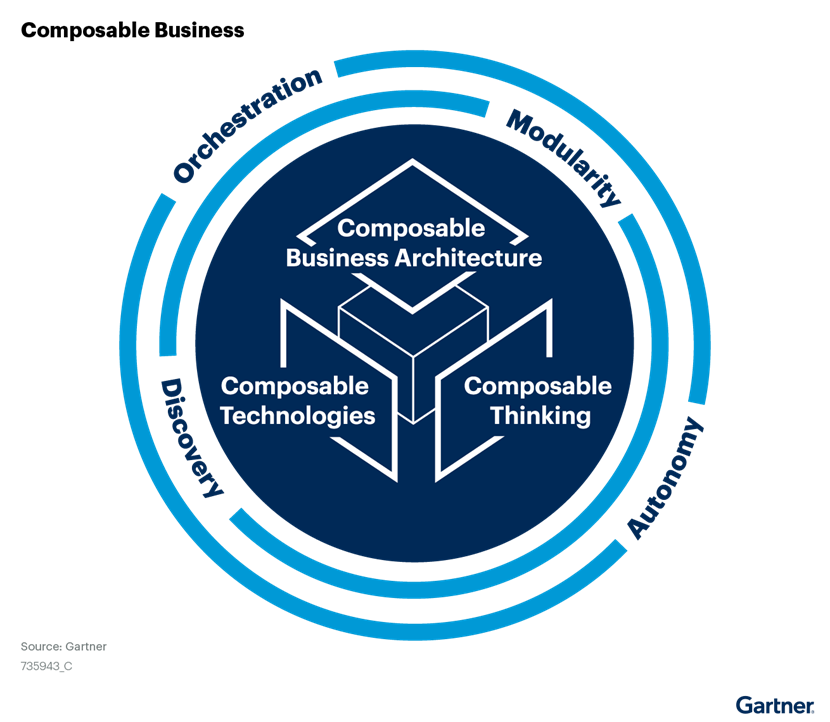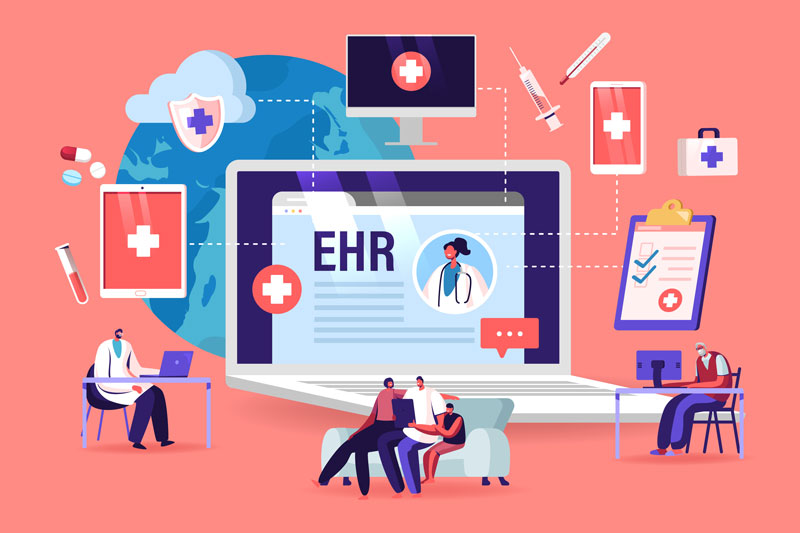2020 was a year of upheaval for the healthcare industry. Not only did we see the implementation of new forms of technology, such as telemedicine, increase at an unprecedented rate, but on the flip side, we also saw many health systems struggle to integrate such technology seamlessly into their existing systems.
One of the key lessons from our year dealing with COVID-19 has been the importance of adaptability. We’ve had to adapt to new ways of seeing patients or meeting with our caregivers, as well as new ways of managing operations as healthcare organizations have dealt on and off with surges of COVID-19 patients. And now this notion of adaptability is providing a guide as we navigate new ways of organizing our technology and data to support initiatives in the years ahead.
The old way: We haven’t achieved what we’ve set out to accomplish
Over the last decade or so, hospitals and health systems have invested so much money in technology systems such as their electronic health records (EHRs) in order to get a “single source of truth.” However, in their quest to achieve this, they have actually assembled various technology systems that don’t talk to each other, and thus, have achieved the exact opposite of what was intended.
The result of implementing separate technology systems for various departments is that data is now siloed and data in one system isn’t always in the same form as data in other systems or isn’t standardized. Not only does this impact decision-making because leaders are looking at numbers in different, and often incongruent, ways, but it also impacts innovation and growth, as new technology must be wrangled into the existing complicated infrastructure.
Adaptable thinking is key in the new ecosystem
What is now needed by hospitals and health systems is a more flexible and adaptable data architecture that allows for rapid deployment of new services. Many are calling this a “composable” infrastructure. TechTarget says, “The goal of a composable infrastructure is to allow an enterprise data center to use its physical infrastructure while reducing the time it takes to deploy a new application.”
Gartner talks about the importance of the composable infrastructure in its report, ‘Creating the Composable Healthcare Organization for Healthcare and Life Science CIOs’, published December 23, 2020. According to the report, “A composable healthcare organization is an enterprise that delivers extraordinary health value by adapting business and operating models at the pace of business change. It does this by creating a culture of composable thinking, operating within a composable business architecture and scaling impact with composable technologies.”
The figure below shows an overview of how Gartner perceives the composable business. More details on each area of the composable business can be found in the Gartner report available here.

Analytics and adaptability
When it comes to an organization’s analytics infrastructure, homing in on this concept of adaptability can lead to more powerful and meaningful results. One limitation of analytics solutions is that they are often built for one application. While they can provide insights and visualization on that application (say, the EMR), they fail to provide a holistic view of an organization’s metrics and overall health.
Building for adaptability yields different results. Adaptable analytics solutions are able to integrate data from more than one application and are flexible in that new data sources can be continually added. This allows for an enterprise-wide view of an organization’s data and allows leaders to make more informed, system-wide decisions.
Adaptability means more than just the technology
It’s important to note that implementing an adaptable data infrastructure requires not just an adaptable technology, but also requires having an adaptable mindset. Healthcare business and technology leaders must think differently and not simply cling to the old ways of deploying technology.
While this sounds difficult, it’s an imperative to creating lasting change. Healthcare organizations that fail to adapt may find will find themselves at an uncertain crossroads. According to Gartner, “The bottom line for healthcare CIOs—your business and clinical leaders will demand technology support for growth, business and operating model diversification, accelerated speed to market and value delivery. You must achieve this in the face of mounting uncertainty. The adaptability you enable will determine the success or failure of your organization.”
—
Gartner, ‘Creating the Composable Healthcare Organization for Healthcare and Life Science CIOs’, Jeff Cribbs, Mike Jones, Laura Craft, Michael Shanler, Mandi Bishop, December 23, 2020
From this white paper you can learn more about evaluating healthcare analytics vendors.
- Navigating the Future: Trends in Wine Tasting Rooms - July 16, 2024
- Why You’ll Want to Attend DIUC24 - June 20, 2024
- The Role of Technology in Solving Nursing Challenges - May 6, 2024




